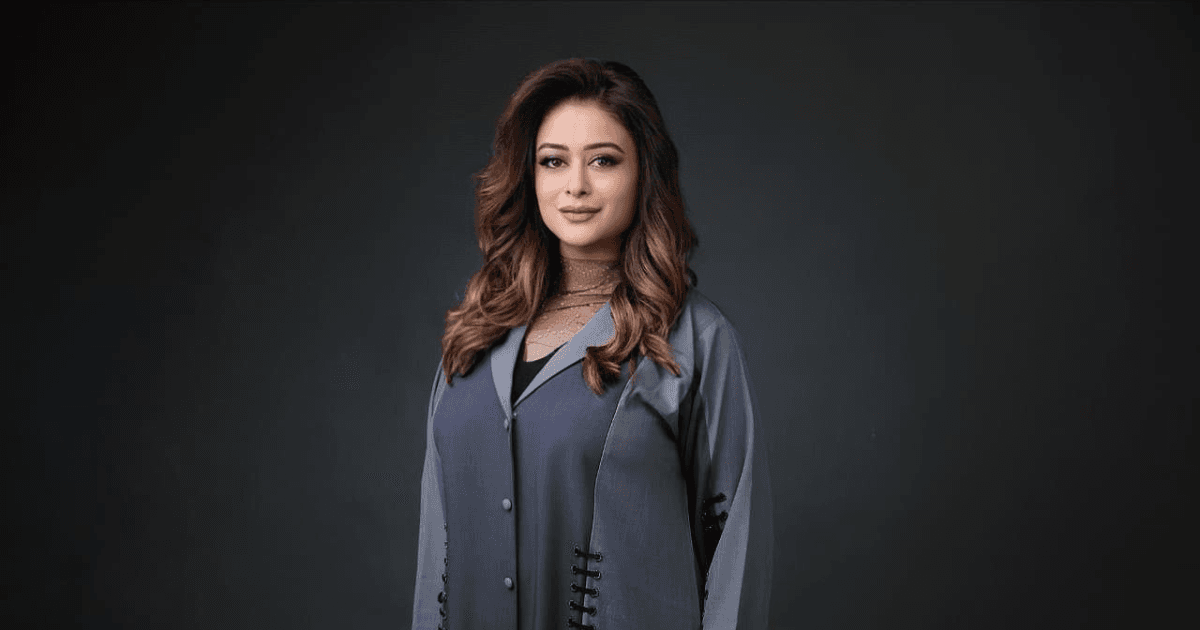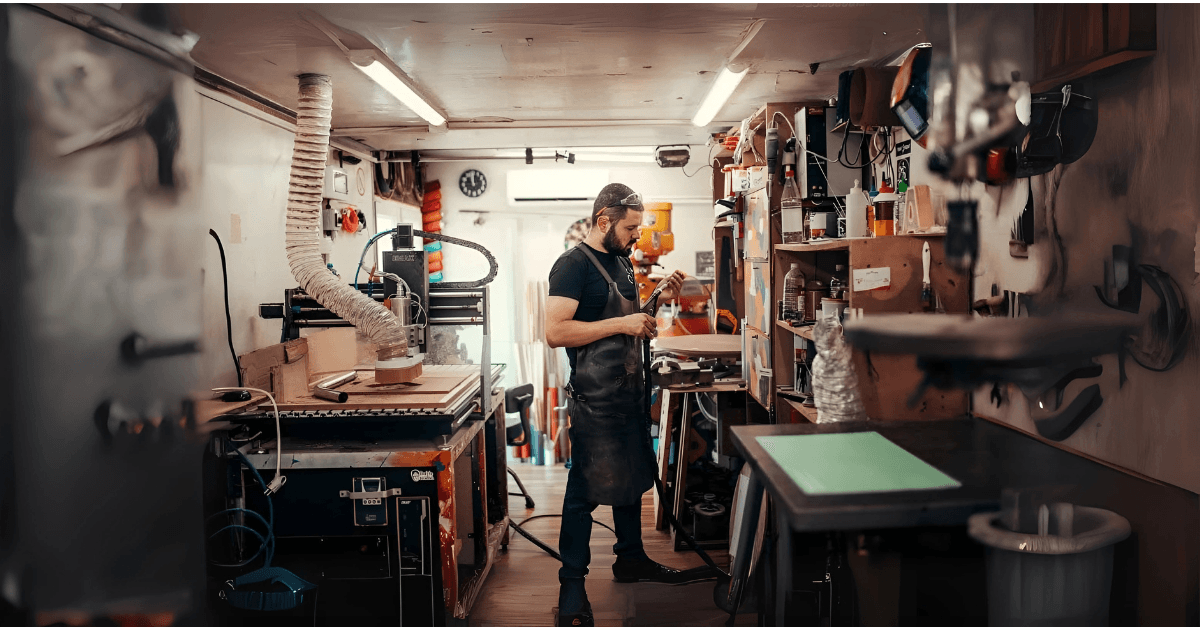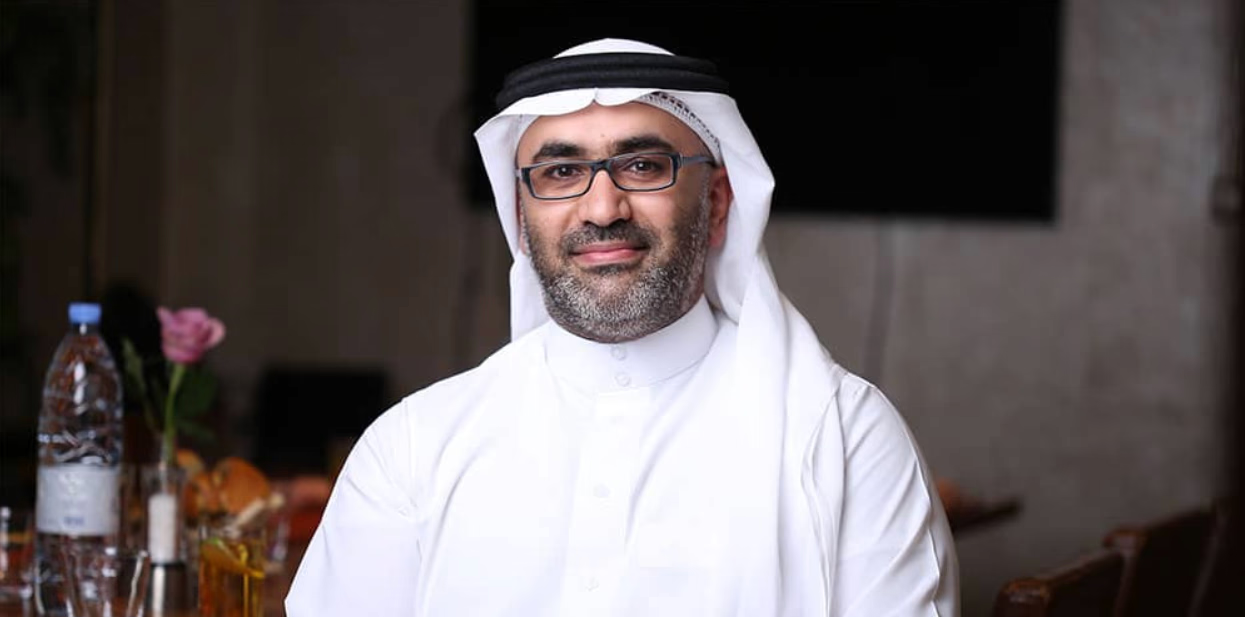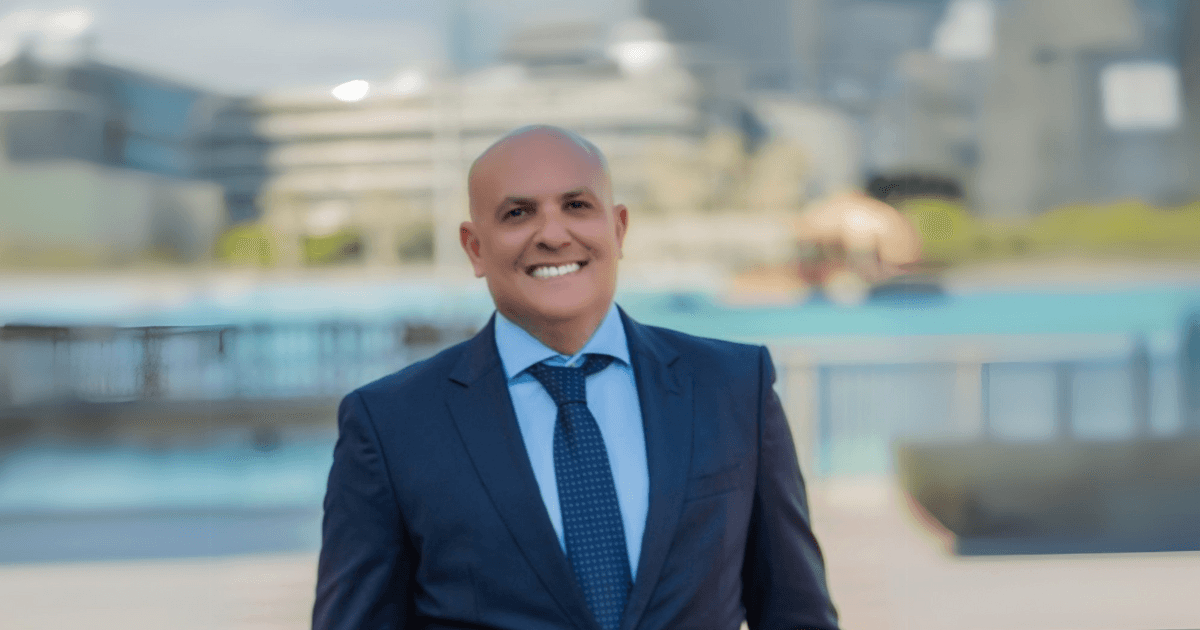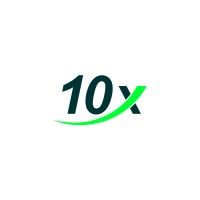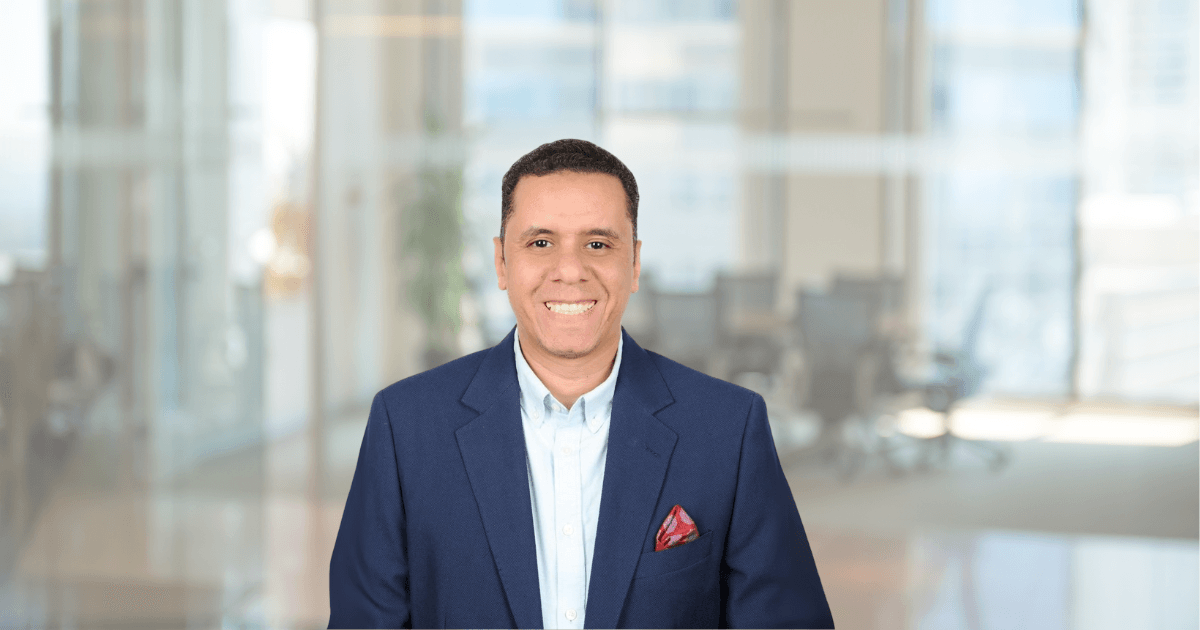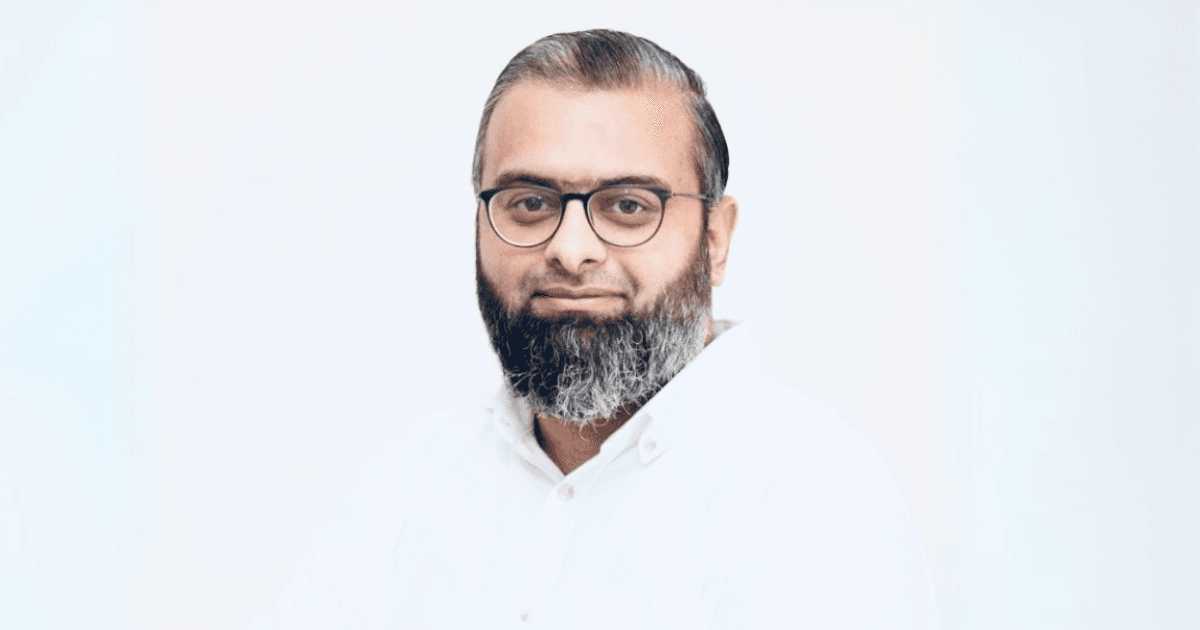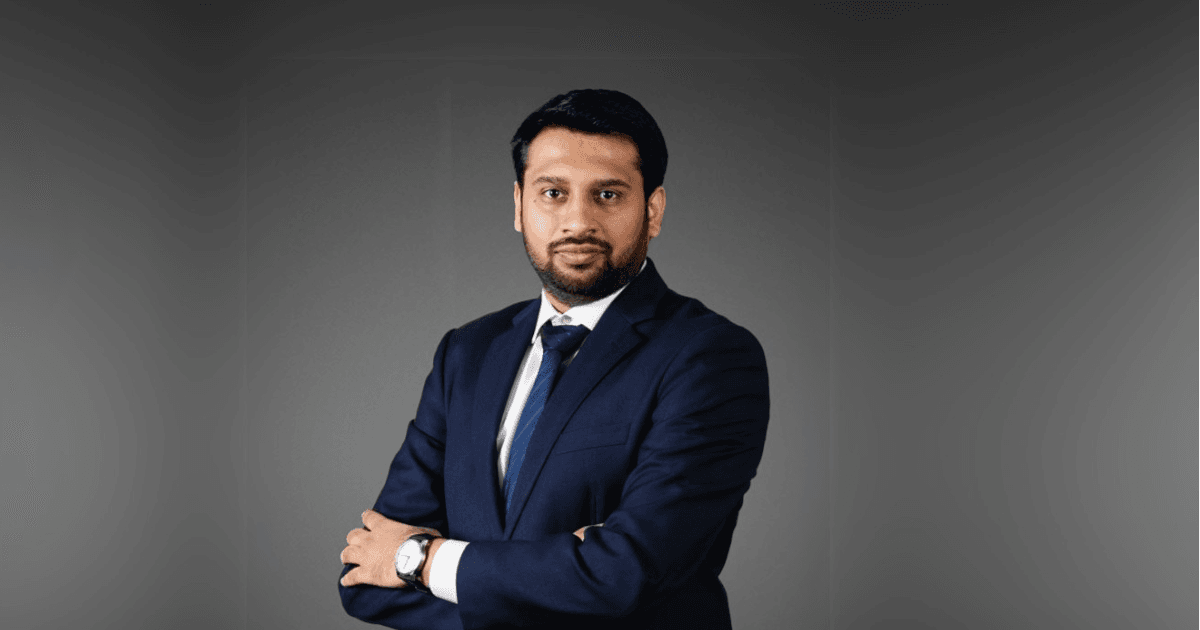Creativity Is a System: How Jovanka Dorovic Builds Brands That Last
Jon Santillan
Jun 9, 2025

Jovanka Dorovic didn’t just launch a design studio—she created a system where creativity becomes a strategic asset. As the founder of Eco-Art, she helps teams build not only great brands, but the internal frameworks that keep them growing.
Can you share a brief note about yourself?
I'm the founder of Eco-Art, a creative studio and consulting practice where design meets systems thinking. My work spans from brand identity, web and UI design to frameworks for team creativity and product development. Originally trained in architecture and arts, I’ve grown into a Creative Director who works alongside developers, operational leads, and strategists to build digital products that are beautiful, functional, and rooted in meaning. I believe creativity isn’t reserved for the creative department. It's a skill that should flow across an entire organization. That’s what I build: systems that translate vision into trust, and design into business results.
Why did you choose to start a business?
I started Eco-Art from an artistic desire to make creativity more accessible to everyone. I initially created workshops to raise ecological awareness through creativity, working with both children and adults. But as I worked across teams and industries, I began to see how creativity could be a driver for business transformation. Over time, my studio evolved into a place where design, team coaching, and product strategy meet. Whether I’m helping build a brand, redesigning a UI, or hosting a brainstorming session with engineers and project leads, my role is to foster clarity and creativity where it matters the most.
How did you start your business?
In the beginning, I was hosting creativity workshops focused on environmental topics. While meaningful, it was not aligned with the strategic design work I do now. As my interests expanded, I started consulting on branding and web projects, mentoring professionals on creative growth, and designing systems that make visual communication more effective inside organizations. I still do brainstorming facilitation and team coaching, but most of my work now is focused on digital product design, building websites and platforms from first sketches to their many iterations. That’s when I began offering more than design: I began building frameworks and internal processes that allow creativity to become a scalable asset. I still believe the best design work happens when teams are aligned, communication is clear, and creativity is a shared value.
What do you wish you’d known before you started your business?
I wish I had known how impactful design systems can be within a company. They aren’t just nice to have - they're the backbone of scalable, credible communication. When those systems are not in place, collaboration breaks down.
I also wish I had realized that working in a creative industry doesn’t just mean doing creative work. You become a project manager, an administrator, an operator and those tasks also count as your working hours (in creative industry). Another big realization was the value of credibility: how design directly impacts how trustworthy and competent a brand appears. That’s what Eco-Art helps build- not just visual identity, but sustainable brands that hold their value over time. Durable brands built on credibility and trust.
Did you have any support in your journey?
Yes. The support came in many forms. My collaborators, mentors, and peers helped me stay focused and inspired. One significant community was the Global Shapers Hub under the World Economic Forum. That’s actually where Eco-Art workshops first took form. That network of passionate changemakers still plays a big part in my journey. I’ve also learned a lot from business incubators and leadership education programs I took part in.
But most of all, I learned from my clients. Sitting in their meetings, listening to their needs, helping solve not just design problems but business challenges. Those real-world experiences shaped how I work today.
And when I needed to recharge creatively? Painting has always been my way back. It’s my battery pack, my private studio of inspiration, intuition and vision.
What is your greatest challenge as a business owner?
Protecting creative focus in a world obsessed with fast visibility. I wear many hats: designer, strategist, educator, artist. It can be pretty hard to maintain depth and originality when everything moves quickly. One of my personal challenges is what I call "creativity charging": taking the time to actively seek inspiration from the art world, design trends, emerging technologies, and AI developments. Staying ahead of what’s next requires intentional pauses. Because my responsibility is not just to deliver good design, but to deliver ideas that create impact. And that requires fresh input, not just output.
What advice would you give to your past self before opening your own business?
Start by building infrastructure. Document everything, your process, your systems, your reflections... That structure becomes your stability when you scale. And talk to developers, operations' teams, and marketers from day one. Design works best when it's aligned across functions. As a designer, you are not just crafting visuals, you’re creating tools people will use every day.
Reflecting on your path to entrepreneurship, what key piece of advice would you offer to aspiring founders?
When I talk to aspiring founders, usually it is during their stage of building their brand's visual identity. I always advise them to start from your values, vision, and mission. That’s the foundation of everything. If your business isn’t rooted in something personal and resilient, it will be hard to adapt when the market shifts. Also: design isn’t just branding, and your brand is not a logo. It’s how your values show up across every interaction. Honor that, and you’ll build something that truly resonates.
